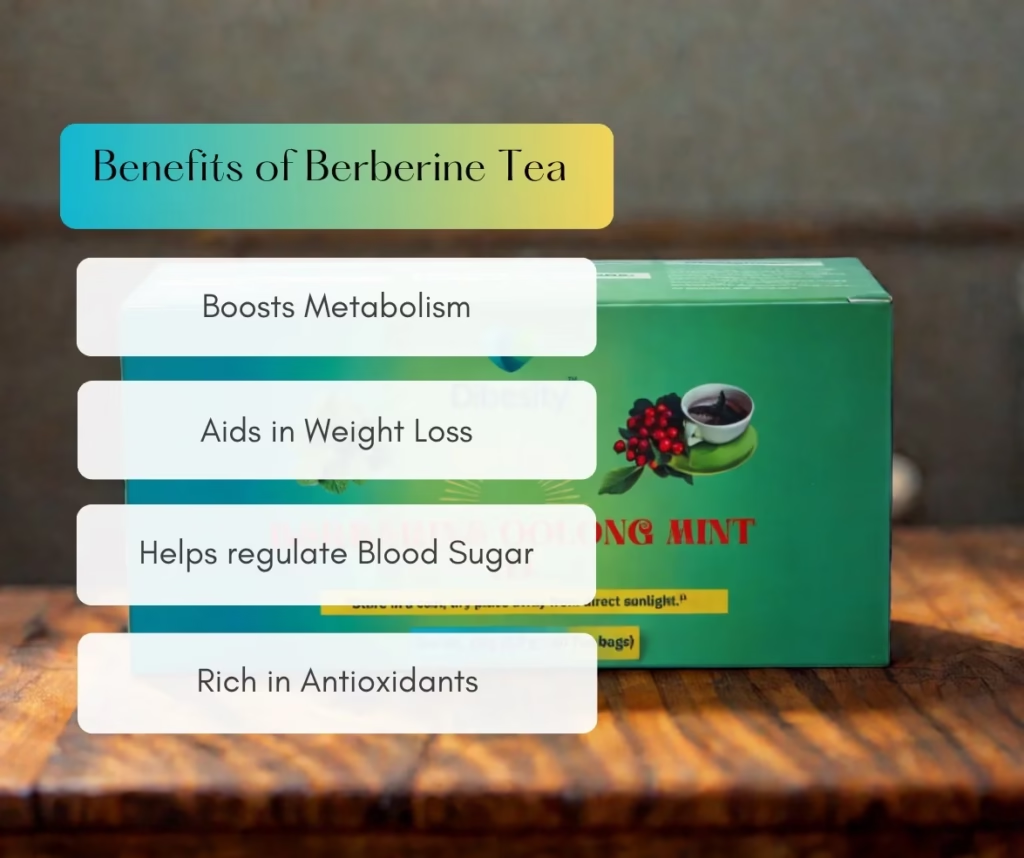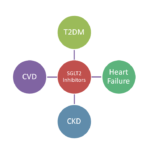Sitagliptin (Januvia) Vs Vildagliptin (Galvus) is a comparison of the two commonly used anti-diabetic medicines.
Both drugs belong to the class of diabetes medicines called DPP-IV inhibitors. These drugs act by increasing the half-life of endogenous incretin levels.
Sitagliptin vs Vildagliptin MOA – How do these drugs act?
The effect of these drugs is by increasing the half-life of endogenous incretins. The endogenous incretins are metabolized rapidly in the body by the enzymes DPP-IV (di-peptidyl peptidase IV).
Sitagliptin and vildagliptin inhibit the enzyme DPP-IV resulting in increasing the half-life of incretins. The primary incretins in the human body are GLP-1 (Glucagon-like peptide 1) and GIP (glucose-dependent insulinotropic peptide).
Thus, these drugs enhance the release of insulin in a glucose-dependent manner and suppress glucagon levels.
These drugs also act by increasing the sensitivity to insulin in the liver and pancreas. This, in turn, lowers the glucose levels in the bloodstream.
Sitagliptin Vs Vildagliptin: Glycemic efficacies:
Vildagliptin (Galvus) is more potent than Sitagliptin in reducing blood glucose. In a head-to-head trial comparing Vildagliptin Vs Sitagliptin, Vildagliptin (Galvus) was superior in lowering blood glucose.
The mean blood glucose and blood glucose after meals were significantly lower in the Vildagliptin group compared with Sitagliptin as shown in the table below [Ref]:
| Sitagliptin | Vildagliptin | |
| Mean 24-hour glucose | 153.2 mg/dl | 142 mg/dl |
| MAGE (mean amplitude of glycemic excursion) | 129 mg/dl | 110 mg/dl |
| Highest blood glucose after supper | 223 mg/dl | 206 mg/dl |
| HbA1C | 7.64% | 7.54% |
| BNP | 8 pg/ml | 7pg/ml |
The difference in HbA1C and BNP was not significant between Sitagliptin and Vildagliptin.
Sitagliptin vs Vildagliptin – The drugs’ similarities
Both these drugs work by inhibiting the enzyme dipeptidyl peptidase-4, which breaks down the endogenous incretins into metabolites. The increase in the half-life of incretins means that they remain in the blood for a longer time.
Both Sitagliptin and Vildagliptin work in a glucose-dependent mechanism and are less likely to cause significant hypoglycemia unless they are used in combination with either insulin or sulfonylurea.
Both Sitagliptin and Vildagliptin have cardioprotective properties. Sitagliptin has vasoactive properties while vildagliptin reduces prostacyclin levels. In one study, both drugs reduced the BNP and prostacyclin levels [Ref].
In patients with severe renal insufficiency, both drugs require dose adjustment. Sitagliptin in a dose of 25 mg once daily was equally effective compared to vildagliptin 50 mg once daily in patients with advanced kidney disease with a GFR of less than 30 ml/minute [Ref].
In one clinical trial, both Sitagliptin 25 mg and Vildagliptin 50 mg once daily were well tolerated and equally effective in patients with advanced kidney disease [Ref]
The side effect profile of the two drugs is the same. Both cause gastrointestinal side effects including bloating, fullness, nausea, and vomiting. Other side effects of the drug include skeletal pains and bullous skin eruptions.
There is a risk of pancreatitis with both drugs, and they should be avoided in patients with a history of pancreatitis. Both drugs are contraindicated in pregnancy, history of recurrent pancreatitis, and MEN II syndrome.
Sitagliptin was approved by the FDA in 2006 and marketed under the brand name Januvia in 2007. In the same year, Vildagliptin was approved and marketed under the brand name Galvus.
Sitagliptin vs Vildagliptin – The drugs’ differences
Sitagliptin and Vildagliptin differ in their half-lives. Sitagliptin has a half-life of around 12.4 hours, and the time to reach peak plasma concentration after oral administration is about 1 – 4 hours.
Vildagliptin has a shorter half-life of about 90 minutes and is administered twice daily. The maximum enzyme inhibition is seen within 30 minutes, however, the effect of the drug causing greater than 50% enzyme inhibition is observed for as long as 10 hours after the drug administration.
The efficacy of the drug in some studies has been found comparable, however, it is generally conceived that vildagliptin is slightly superior in terms of its glycemic efficacy.
One study conducted in Japan evaluated the role of 50 mg once daily sitagliptin and 50 mg twice daily vildagliptin. Patients in the Vildagliptin group had better glycemic control with a 0.3% greater reduction in glycated hemoglobin (A1C) [Ref].
Another study evaluated 50 mg once daily sitagliptin and 50 mg twice daily vildagliptin. It was observed that patients in both groups had a similar mean 24-hour blood glucose control.
However, the MAGE (maximum amplitude of glycemic excursions) was better controlled with twice-daily vildagliptin [Ref].
Vildagliptin (Galvus) is more potent in controlling post-meal blood glucose when administered twice daily compared to Sitagliptin (Januvia) administered once daily.
Sitagliptin vs Vildagliptin – How to take the drugs?
Both drugs are available as oral tablets alone or in combination with metformin. Sitagliptin is usually administered once daily, while vildagliptin is administered twice daily due to its shorter half-life. The drugs are preferably administered with or between meals.
In Summary:
Sitagliptin and Vildagliptin are two drugs from the same class, DPP IV inhibitors. Both drugs have a similar mechanism of action, side effects profile, and comparable efficacies.
However, Vildagliptin is thought to better control post-meal blood glucose and has a shorter half-life, necessitating twice-daily administration.
The table below summarizes the basic differences between Sitagliptin and Vildagliptin:
Sitagliptin | Vildagliptin | |
| Brands | Januvia | Galvus |
| Combinations | With Metformin: JanumetWith Empagliflozin + Metformin: TriJardy XrWith Ertugliflozin: Steglatro | With Metformin: Galvus Met |
| FDA approval | 2006 | 2007 |
| Class | DPP-IV Inhibitor | DPP-IV Inhibitor |
| Half-life | 12.4 hours | 90 minutes |
| Dose | 50 mg, 100 mg once daily | 50 mg twice daily |
| Dose in kidney disease | GFR of 30 to 45 ml/minute: The dose is 50 mg once dailyGFR of less than 30, including patients on dialysis: 25 mg once daily | Not recommended if GFR is 30 ml/minute or less. The dose is halved if GFR is 30 – 60 ml/min |
| CV safety trials | TECOS Trial | VIVIDD Trial |
TitleThumbnailPrice$49.99$89.99$9.90More informationTitleThumbnailPrice$49.99More informationTitleThumbnailPrice$89.99More informationTitleThumbnailPrice$9.90More information








